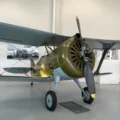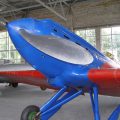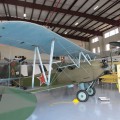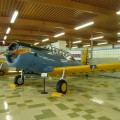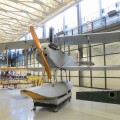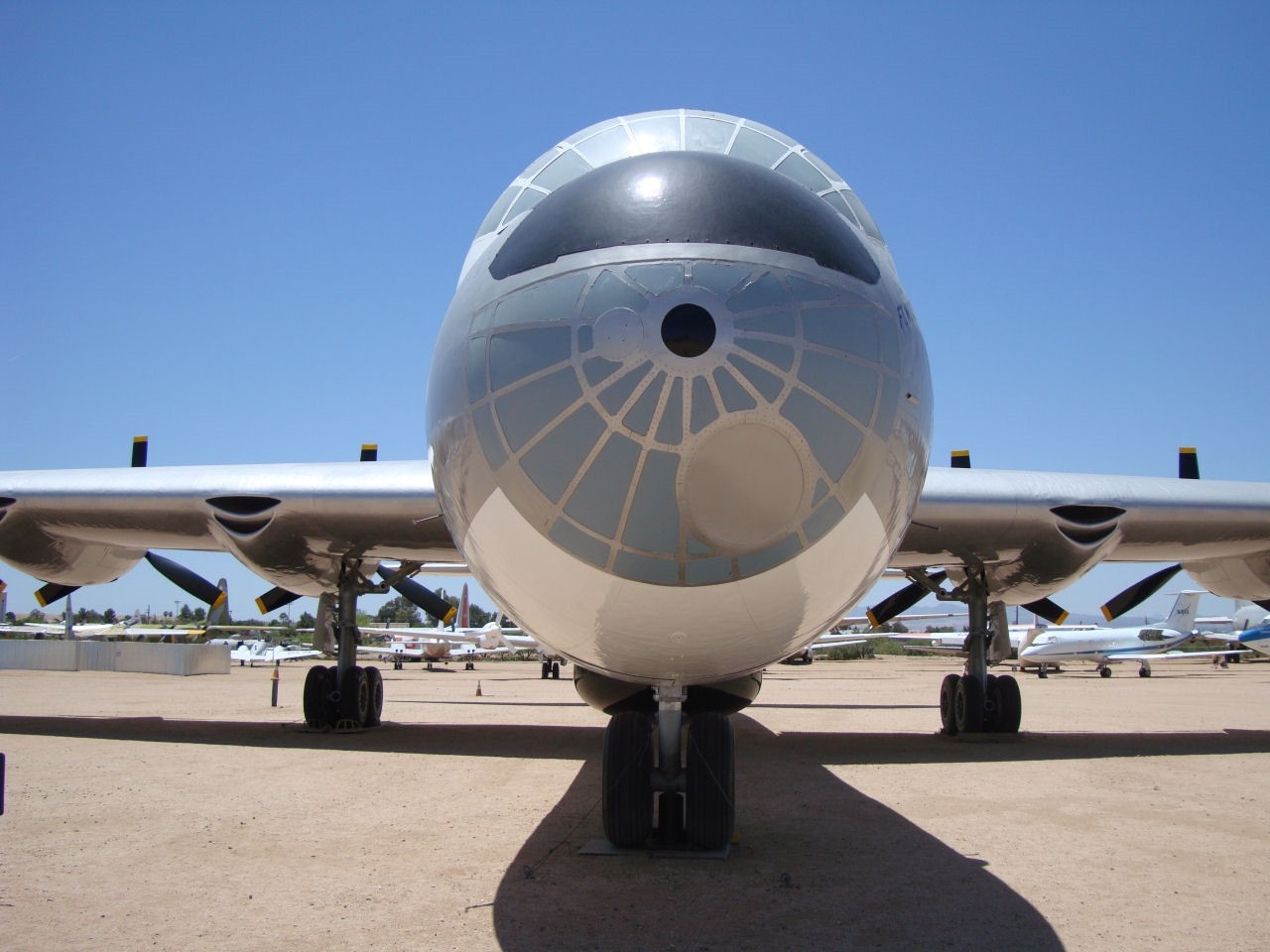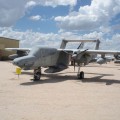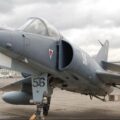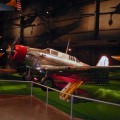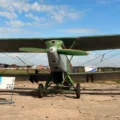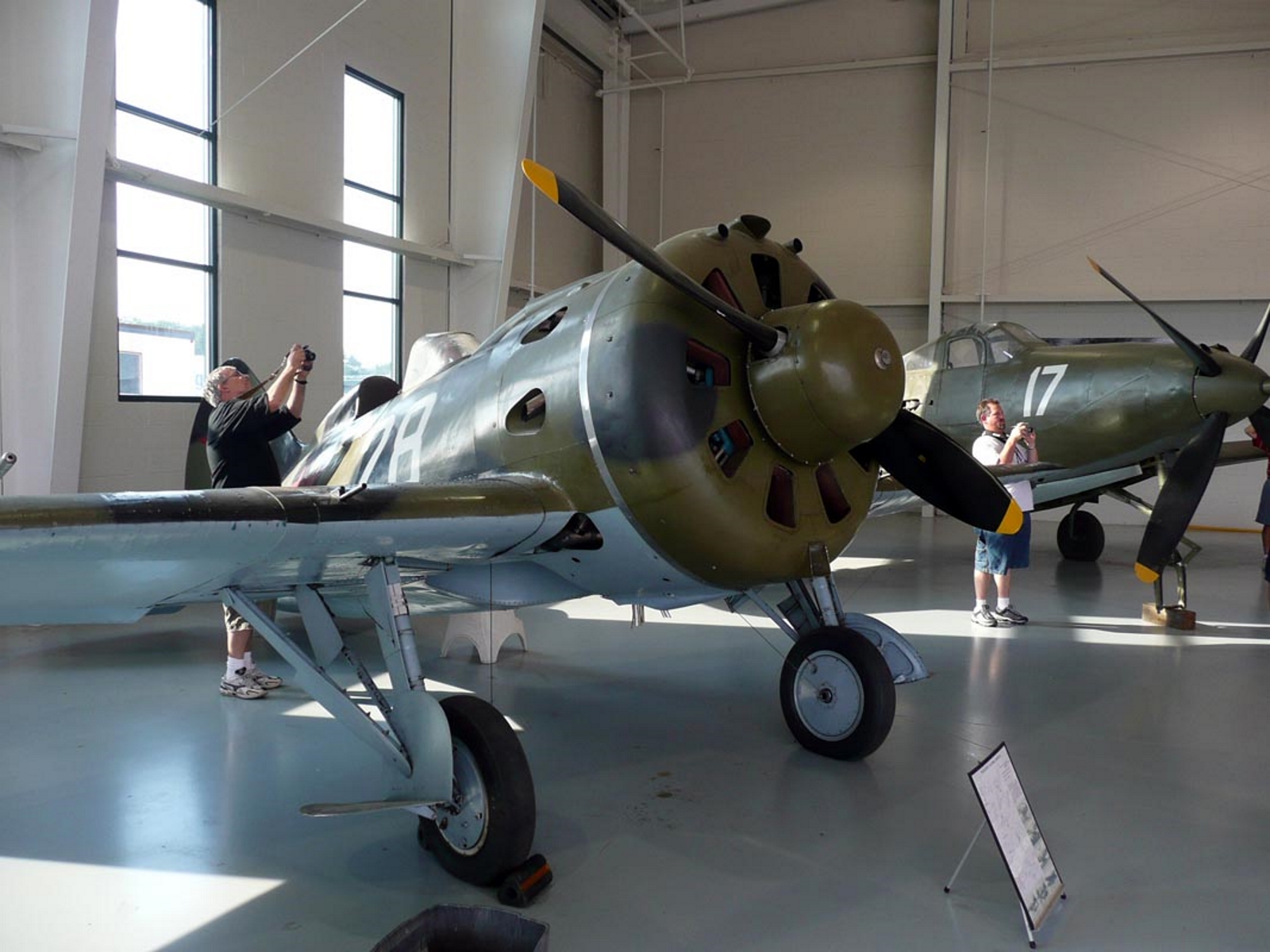
Polikarpov I-16 | |
|---|---|
| Zemlja | Sovjetski Savez |
| Tip | Borbeni avioni |
| Prvi let | 30 decembar 1933 |
| Izgradio | 8644 |
Čaj Polikarpov I-16 bio je sovjetski borbeni avion revolucionarnog dizajna, bio je to prvi svetski niskokrilni borac u monoplanu sa opremom za sletanje koja se povlači kako bi dostigao operativni status i kao takav "uveo novi vog u dizajnu borbenih aviona". I-16 je uveden sredinom tridesetih godina prošlog veka i formirao je okosnicu sovjetskih vazduhoplovnih snaga početkom Drugog svetskog rata. Diminutivni borac, čiji je nadimak "Išak" ili "Išačok" ("Magarac" ili "Buro") sovjetskih pilota, istaknut je u Drugom sino-japanskom ratu, bici kod Kalkina Gola i Španskom građanskom ratu – gde su ga republikanci zvali Rata ("Pacov") nacionalisti ili Moska ("Muva"). Finski nadimak bio je Siipiorava ("Leteća veverica").
| Polikarpov I-16 | |
|---|---|
| Fotograf | Nepoznato |
| Lokalizacija | Nepoznato |
| Fotografije | 169 |
| Polikarpov I-16 Type 24 | |
|---|---|
| Fotograf | Vladimir Jakubov |
| Lokalizacija | Kolekcija letećeg nasleđa |
| Fotografije | 57 |
Pogledajte i:
| I-16 Walk Around | |
|---|---|
| Fotograf | Vladimir Fadeičev |
| Lokalizacija | Nepoznato |
| Fotografije | 72 |
Čaj Polikarpov I-16 bio je sovjetski borbeni avion 1930-ih i 1940-ih. To je bio jedan od prvih jednokrilaca boraca sa uvlačivim stajnim trapom i konzolnim krilom. Odigrao je značajnu ulogu u vazdušnim bitkama Španskog građanskog rata i Drugog svetskog rata, gde su ga španski nacionalisti nazvali "Rata", a Sovjeti "Ishak". I-16 je dizajniran od strane Nikolaja Polikarpova i njegovog tima 1933. godine, kao odgovor na rastuću pretnju nemačkih i japanskih vazduhoplovnih snaga. I-KSNUMKS je bio mali, okretan i brz avion, naoružan sa dva ili četiri mitraljeza i sposoban da nosi bombe ili rakete. Imao je radijalni motor koji mu je dao dobre performanse na malim i srednjim visinama, ali i učinio ga ranjivim na neprijateljsku vatru.
Čaj I-16 je proizveden u velikom broju, sa preko 10.000 jedinica izgrađenih od strane 1942. To je bio glavni borac sovjetskog vazduhoplovstva do dolaska modernijih aviona kao što su Jakovljev Jak-1 i Lavočkin La-5. I-16 se borio na mnogim frontovima, od Kine do Finske, i pokazao se kao strašan protivnik za svoje neprijatelje. Međutim, takođe je pretrpeo velike gubitke zbog svog zastarelog dizajna, nedostatka oklopa i slabe vidljivosti iz kokpita. I-KSNUMKS je postepeno ukinut iz upotrebe od strane KSNUMKS, ali neke jedinice su ostale u upotrebi do KSNUMKS. I-KSNUMKS je bio revolucionarni avion koji je uticao na razvoj borbene avijacije u svetu.
Views : 22310


